Home>Garden Essentials>How Long To Seed After Pre-Emergent
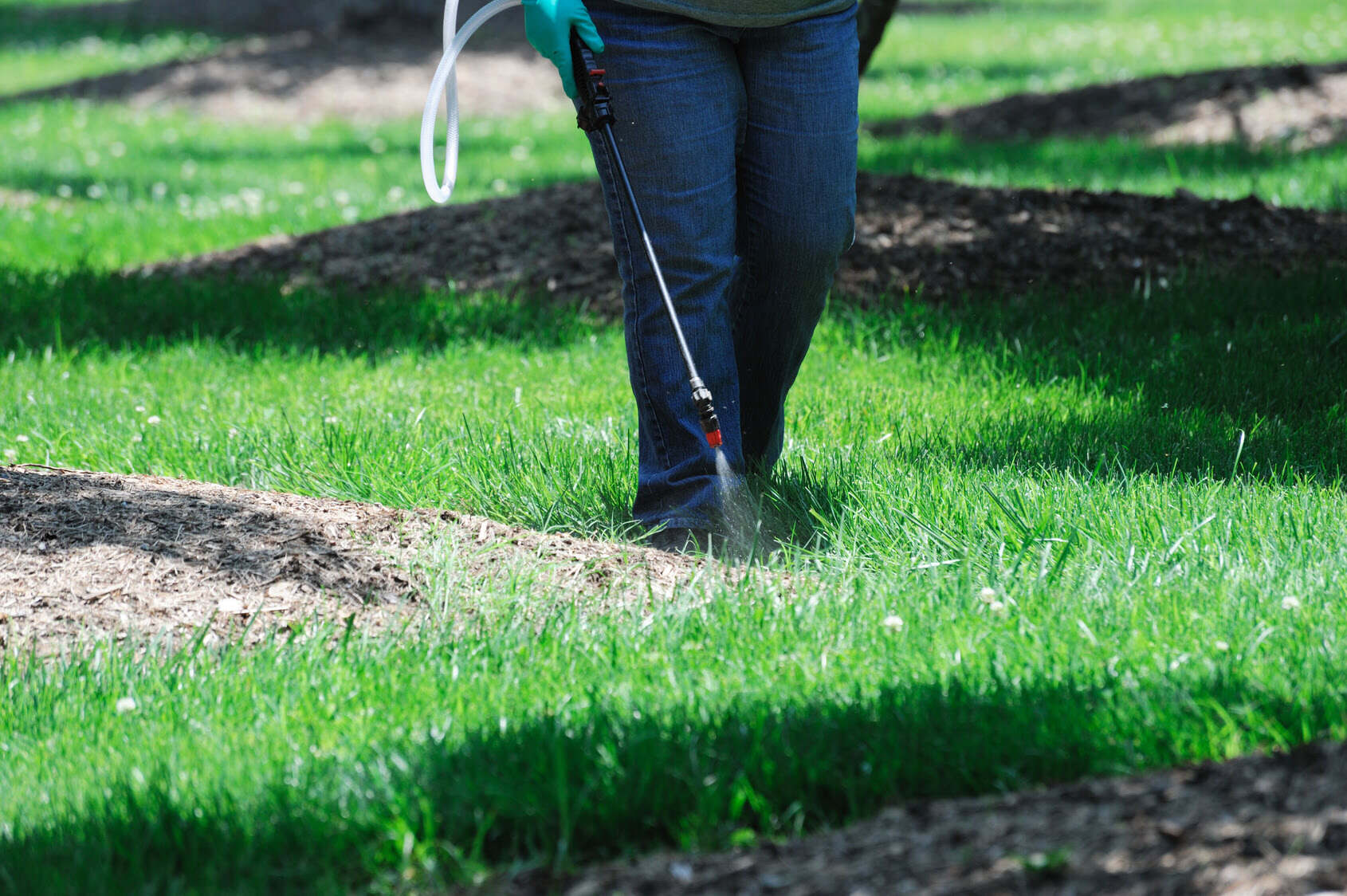

Garden Essentials
How Long To Seed After Pre-Emergent
Modified: September 1, 2024
Discover the right timing for seeding your garden after applying pre-emergent herbicides. Learn how long to wait and ensure successful germination.
(Many of the links in this article redirect to a specific reviewed product. Your purchase of these products through affiliate links helps to generate commission for Storables.com, at no extra cost. Learn more)
Introduction
When it comes to maintaining a healthy and vibrant garden, it’s important to understand the proper timing and techniques for various tasks. One common question that gardeners often ask is how long to wait after applying pre-emergent herbicides before seeding their lawn or garden. This is a crucial consideration, as timing plays a crucial role in the success of both pre-emergent herbicide application and seed germination.
Pre-emergent herbicides are chemicals that are applied to prevent the germination and growth of weed seeds. They create a barrier in the soil that inhibits the growth of weed seedlings. While effective in controlling weeds, pre-emergent herbicides can also hinder the germination and establishment of desirable plants, including grass seeds and other garden plants. Therefore, it is important to understand the appropriate waiting period before seeding after using a pre-emergent herbicide.
Key Takeaways:
- Wait 4-6 weeks after using pre-emergent herbicides before seeding. Consider herbicide type, weather, and seed sensitivity for successful germination.
- Follow product label instructions, monitor weather, prepare soil, seed at correct depth, provide water, and post-seeding care for successful seed establishment.
Read more: What Is The Best Pre-Emergent For Lawns
What is Pre Emergent?
Pre-emergent herbicides are a type of weed control product that target weed seeds before they can germinate and grow. Unlike post-emergent herbicides, which are used to kill existing weeds, pre-emergent herbicides work as a preventive measure.
Pre-emergent herbicides function by creating a chemical barrier in the top layer of soil or mulch, inhibiting the growth of weed seedlings. When applied correctly, they can significantly reduce the number of weeds that emerge in your lawn or garden.
These herbicides typically come in liquid, granular, or pellet form and contain active ingredients like dithiopyr, prodiamine, or pendimethalin. They are most commonly used in lawns, but they can also be applied to flower beds, vegetable gardens, or other areas where weed control is desired.
It’s important to note that pre-emergent herbicides are selective, which means they target specific types of weeds while leaving desirable plants unharmed. However, they can still inhibit the germination and growth of certain plants, including desired lawn grasses or garden seeds. Therefore, it’s crucial to understand the proper timing and considerations when using pre-emergent herbicides in conjunction with seeding.
Purpose of Pre Emergent
The main purpose of using pre-emergent herbicides is to prevent weed seeds from germinating and establishing themselves in your lawn or garden. By creating a barrier in the soil, these herbicides inhibit the growth of weed seedlings, effectively reducing the number of weeds that emerge.
Pre-emergent herbicides are particularly effective in controlling annual weeds, which are weeds that complete their life cycle within one growing season. These weeds reproduce by producing a large number of seeds that lay dormant in the soil until conditions are favorable for germination. By applying pre-emergent herbicides, you can significantly reduce the number of annual weeds that emerge and compete with your desired plants for nutrients, water, and sunlight.
In addition to weed control, pre-emergent herbicides also provide other benefits. They can help improve the overall appearance of your lawn or garden by reducing weed infestations. This can save you time and effort in manual weed removal or the need for frequent post-emergent herbicide applications. Pre-emergent herbicides also contribute to water conservation by reducing the need for excessive watering due to weed competition.
Furthermore, by preventing weed growth, pre-emergent herbicides promote the healthy development and growth of your desired plants. They allow your lawn grass or garden seeds to establish themselves without having to compete with aggressive weeds.
However, it’s important to remember that pre-emergent herbicides are not a cure-all solution for weed control. They are most effective when used as part of an integrated approach that also includes proper lawn and garden maintenance practices such as regular mowing, adequate watering, and appropriate fertilization.
Benefits of Pre Emergent
Using pre-emergent herbicides in your lawn or garden can offer a range of benefits. Here are some of the key advantages of using these herbicides:
1. Effective Weed Control:
The primary benefit of pre-emergent herbicides is their ability to control and prevent the emergence of weeds. By creating a barrier in the soil, these herbicides stop weed seedlings from germinating and establishing, significantly reducing the amount of time and effort spent on manual weed removal.
Read more: When To Put Pre Emergent On Grass
2. Reduced Weed Competition:
Weeds can compete with your desired plants for vital resources such as water, nutrients, and sunlight. By using pre-emergent herbicides, you can reduce the competition from weeds, allowing your lawn grass or garden plants to thrive and reach their full potential.
3. Improved Aesthetic Appeal:
Pre-emergent herbicides can enhance the overall appearance of your lawn or garden by keeping weed infestations at bay. This creates a more visually pleasing landscape, making your outdoor space more enjoyable and inviting.
4. Time and Effort Savings:
With pre-emergent herbicides, you can save time and effort by reducing the need for frequent manual weeding. By applying these herbicides at the right time and following proper guidelines, you can significantly minimize the emergence and growth of weeds, allowing you to focus on other gardening tasks.
5. Water Conservation:
Weeds compete for water, often leading to increased water consumption in your lawn or garden. By preventing weed growth with pre-emergent herbicides, you can conserve water and reduce the amount of irrigation needed, resulting in water savings.
Read more: What Pre-Emergent For Bermuda Grass
6. Preservation of Desired Plants:
Pre-emergent herbicides selectively target weeds while leaving desired plants unharmed. This means you can protect your lawn grass or garden plants from weed competition without compromising their health and growth.
It’s important to keep in mind that while pre-emergent herbicides offer numerous benefits, proper application and timing are crucial to achieve optimal results. Following the manufacturer’s instructions and considering specific factors such as weather conditions and the type of seed you plan to sow are essential for success.
Factors to Consider
When determining how long to wait before seeding after applying pre-emergent herbicides, several factors should be taken into consideration:
1. Type of Pre-emergent Herbicide:
Different pre-emergent herbicides have varying persistence in the soil. Some herbicides break down quickly, allowing for earlier seeding, while others may have longer residual effects, requiring a longer waiting period. It’s crucial to read the product label or consult with a gardening expert to understand the specific recommendations for the pre-emergent herbicide you are using.
2. Pre-emergent Herbicide Application Rate:
The rate at which you applied the pre-emergent herbicide can also affect the waiting period. Applying the herbicide at a higher rate may necessitate a longer waiting period before seeding. Follow the recommended application rates to ensure effective weed control without damaging your desired plants.
Read more: How Long To Seed After Weed And Feed
3. Timing of Pre-emergent Herbicide Application:
The timing of the pre-emergent herbicide application is crucial. Applying it too early can affect seed germination, while applying it too late may allow weed seeds to already germinate. Understanding the life cycle and germination periods of the weeds you are targeting can aid in determining the appropriate timing for pre-emergent herbicide application.
4. Weather Conditions:
Weather plays a significant role in the effectiveness of pre-emergent herbicides and seed germination. Factors such as temperature, moisture, and sunlight can influence the breakdown of the herbicide and the successful germination of your desired seeds. It’s important to consider the weather conditions during and after herbicide application to determine the optimal waiting period for seeding.
5. Type of Seed:
The type of seed you plan to sow is an essential factor to consider. Certain seeds are more tolerant of pre-emergent herbicides, while others may be more sensitive. Some grass species have a longer waiting period before seeding after herbicide application, while others can be seeded sooner. It’s important to research and determine the specific requirements for the seeds you intend to sow.
It’s essential to keep in mind that these factors can vary based on the specific pre-emergent herbicide and seed you are using. Always refer to the product label instructions or consult with a gardening professional for accurate recommendations regarding the waiting period before seeding after applying pre-emergent herbicides.
How Long to Wait
The waiting period before seeding after applying pre-emergent herbicides can vary depending on several factors, including the type of herbicide used, application rate, timing, weather conditions, and the type of seed you plan to sow. While specific waiting periods may differ, here are some general guidelines to consider:
Read more: How Long After Aerating Should You Seed
1. Recommended Waiting Period:
Most pre-emergent herbicides recommend a waiting period of at least 4 to 6 weeks before seeding after application. This duration allows the herbicide to break down and lose its effectiveness, minimizing the risk of inhibiting seed germination or damaging the emerging seedlings. However, it’s essential to refer to the product label for the specific waiting period recommended by the manufacturer, as it can vary for different herbicides.
2. Shorter Waiting Periods:
Some pre-emergent herbicides have a shorter residual effect and may allow for earlier seeding. These herbicides are often labeled as “safe for seeding” or “seed-safe” and can be applied closer to the desired seeding date. However, it is still important to follow the manufacturer’s instructions and consider other factors such as weather conditions and the type of seed you plan to sow.
3. Longer Waiting Periods:
Certain pre-emergent herbicides have a longer residual effect and may require a waiting period of 8 to 12 weeks or more before seeding. These herbicides are typically used for longer-lasting weed control and may have a stronger impact on seed germination. It’s crucial to carefully adhere to the recommended waiting period to ensure successful seed establishment.
4. Unique Herbicide Recommendations:
Some pre-emergent herbicides may have specific recommendations for seed types or specific conditions. For example, they may recommend a longer waiting period for certain grass species or advise against seeding until the following year. Always refer to the herbicide product label for any unique recommendations that may apply to your specific situation.
Remember, these guidelines serve as general recommendations. It’s essential to read the product label of the pre-emergent herbicide you are using and follow the specific instructions provided by the manufacturer. Additionally, considering the weather conditions, consulting with gardening experts, and conducting research on the seeds you plan to sow will help determine the optimal waiting period before seeding after applying pre-emergent herbicides.
Read more: How Long After Fertilizing Should I Seed
Weather Considerations
Weather conditions play a crucial role in the effectiveness of pre-emergent herbicides and the success of seed germination. Considering the following weather factors will help you determine the optimal timing for seeding after applying pre-emergent herbicides:
1. Temperature:
Both the temperature at the time of herbicide application and the subsequent weeks can affect the breakdown of the herbicide and seed germination. In general, warmer temperatures promote faster herbicide breakdown, allowing for earlier seeding. However, extreme heat can stress emerging seedlings, so it’s important to strike a balance and choose an appropriate seeding time when temperatures are moderate.
2. Moisture:
Adequate moisture is essential for both herbicide activation and seed germination. If the weather is excessively dry after applying pre-emergent herbicides, it may hinder the breakdown of the herbicide or delay seed germination. On the other hand, excessive rainfall can cause the herbicide to leach out of the soil, reducing its effectiveness. Ensure that there is consistent but not excessive moisture in the soil before and after seeding.
3. Sunlight:
Seed germination requires sunlight for energy and growth. If the weather forecast indicates long periods of overcast or rainy days after applying pre-emergent herbicides, it may delay seed germination. However, be cautious of seeding during periods of intense sunlight, as excessive heat can stress emerging seedlings. Aim for a balanced amount of sunlight to promote successful seed germination and establishment.
4. Seasonal Considerations:
The season in which you apply pre-emergent herbicides can impact the waiting period before seeding. Applying pre-emergent herbicides in early spring allows for a longer waiting period before the ideal conditions for seed germination in late spring or early summer. However, in warm-season regions, where fall is the prime time for lawn establishment, applying pre-emergent herbicides in late summer can provide adequate time for herbicide breakdown before seeding in the fall.
Monitoring weather conditions and selecting an appropriate seeding time based on temperature, moisture, sunlight, and seasonal factors will contribute to the successful establishment of both the pre-emergent herbicide barrier and the desired seeds in your lawn or garden.
Type of Seed
The type of seed you plan to sow is an important consideration when determining the waiting period after applying pre-emergent herbicides. Different seeds have varying levels of sensitivity to herbicides, and some may require a longer waiting period before successful germination and establishment.
1. Grass Seeds:
If you are planning to seed or overseed your lawn with grass, it’s crucial to consider the specific grass species and whether they are known to be sensitive to pre-emergent herbicides. Some grass species, such as Kentucky bluegrass or fine fescue, are more tolerant and can be seeded sooner after herbicide application. However, warm-season grasses like Bermuda grass or Zoysia grass may require a longer waiting period as they are more sensitive to herbicide residues.
2. Flower and Vegetable Seeds:
For flower and vegetable seeds, it’s important to research the specific requirements of the seeds you plan to sow. Some seeds may have a natural dormancy period or specific germination conditions. While pre-emergent herbicides generally do not have a significant impact on flowering or vegetable seeds, it’s still advisable to follow the recommended waiting period and consider any specific guidelines mentioned on the seed packets.
3. Native Seeds and Perennials:
When dealing with native plant seeds or perennial seeds, it’s essential to understand their unique characteristics. Native seeds often have specific germination requirements, which include stratification or exposure to certain temperatures. Perennial seeds may take longer to germinate and establish compared to annual or biennial seeds. Consider the specific requirements and behavior of these types of seeds when determining the waiting period after using pre-emergent herbicides.
Beyond the sensitivity of the seed, also consider the optimal growing conditions for the seeds you plan to sow. Ensure that the herbicide residues have sufficiently dissipated and the soil is suitable for seed germination, including appropriate moisture levels, temperature, and sunlight.
Remember, it’s important to consult seed suppliers, gardening experts, or extension offices for specific recommendations related to the type of seed you are using. Following their guidance will help ensure successful seed germination and establishment after applying pre-emergent herbicides.
Guidelines for Seeding after Pre Emergent
When it comes to seeding after applying pre-emergent herbicides, following these guidelines will help ensure successful seed germination and establishment:
1. Read and Follow Product Label Instructions:
Always read and carefully follow the instructions provided on the pre-emergent herbicide product label. The manufacturer’s guidelines will provide specific recommendations regarding the waiting period before seeding and any other precautions or considerations.
2. Determine the Waiting Period:
Based on the type of pre-emergent herbicide you used and the specific seed you plan to sow, determine the appropriate waiting period before seeding. This waiting period can range from 4 to 12 weeks, depending on the herbicide and seed sensitivity.
Read more: How Long After Grass Seed Can I Fertilize
3. Monitor Weather Conditions:
Pay attention to weather conditions after herbicide application. Aim for moderate temperature, consistent moisture, and adequate sunlight. Avoid extreme weather conditions such as excessive heat or prolonged periods of heavy rain, as they can hinder seed germination or the breakdown of the herbicide.
4. Prepare the Soil:
Before seeding, ensure that the soil is properly prepared. Remove any weeds or debris, loosen compacted soil, and amend the soil with organic matter if needed. Creating a favorable environment for seed germination will increase the chances of successful establishment.
5. Seed at the Correct Depth:
Follow the recommended seeding depth for the specific seed you are sowing. Improper seeding depth can negatively impact germination and seedling emergence. Most grass seeds require shallow planting, while larger flower or vegetable seeds may require deeper planting.
6. Provide Adequate Water:
After seeding, ensure the soil remains consistently moist to promote seed germination. Watering lightly and frequently is preferable over heavy and infrequent watering. Avoid overwatering, as it can wash away seeds or create overly soggy conditions that may prevent successful germination.
7. Follow Post-Seeding Care:
Continue to provide proper care after seeding, including regular watering, appropriate fertilization, and protection from pests or diseases. Maintain consistent moisture in the soil until the seeds have germinated and established as seedlings.
Remember, following these guidelines will increase the likelihood of successful seed germination and establishment after applying pre-emergent herbicides. Consulting with gardening experts or extension offices can provide additional guidance specific to your region and the type of seed you are sowing.
Conclusion
Knowing how long to wait before seeding after applying pre-emergent herbicides is crucial for successful weed control and seed establishment in your lawn or garden. While specific waiting periods may vary depending on factors such as herbicide type, application rate, timing, weather conditions, and seed sensitivity, following general guidelines can help you make informed decisions.
Pre-emergent herbicides are valuable tools for preventing weed germination and reducing weed competition in your outdoor space. They provide effective weed control, improve the overall appearance of your lawn or garden, and save you time and effort in manual weed removal.
When it comes to seeding after using pre-emergent herbicides, it’s important to consider the type of herbicide used, the specific seed you plan to sow, the prevailing weather conditions, and the recommendations provided by the product label. Following these guidelines will ensure that the herbicide has sufficiently broken down and the seeds have the best chance of successful germination and establishment.
Remember to thoroughly read and follow the product label instructions, monitor weather conditions, prepare the soil adequately, seed at the correct depth, provide adequate water, and follow post-seeding care practices. Moreover, always consider the unique requirements of different seed types, such as grass seeds, flower and vegetable seeds, native seeds, and perennials.
By understanding and implementing these guidelines, you can strike a balance between effective weed control and successful seed establishment, ultimately leading to a healthy, vibrant, and weed-free lawn or garden.
Frequently Asked Questions about How Long To Seed After Pre-Emergent
Was this page helpful?
At Storables.com, we guarantee accurate and reliable information. Our content, validated by Expert Board Contributors, is crafted following stringent Editorial Policies. We're committed to providing you with well-researched, expert-backed insights for all your informational needs.
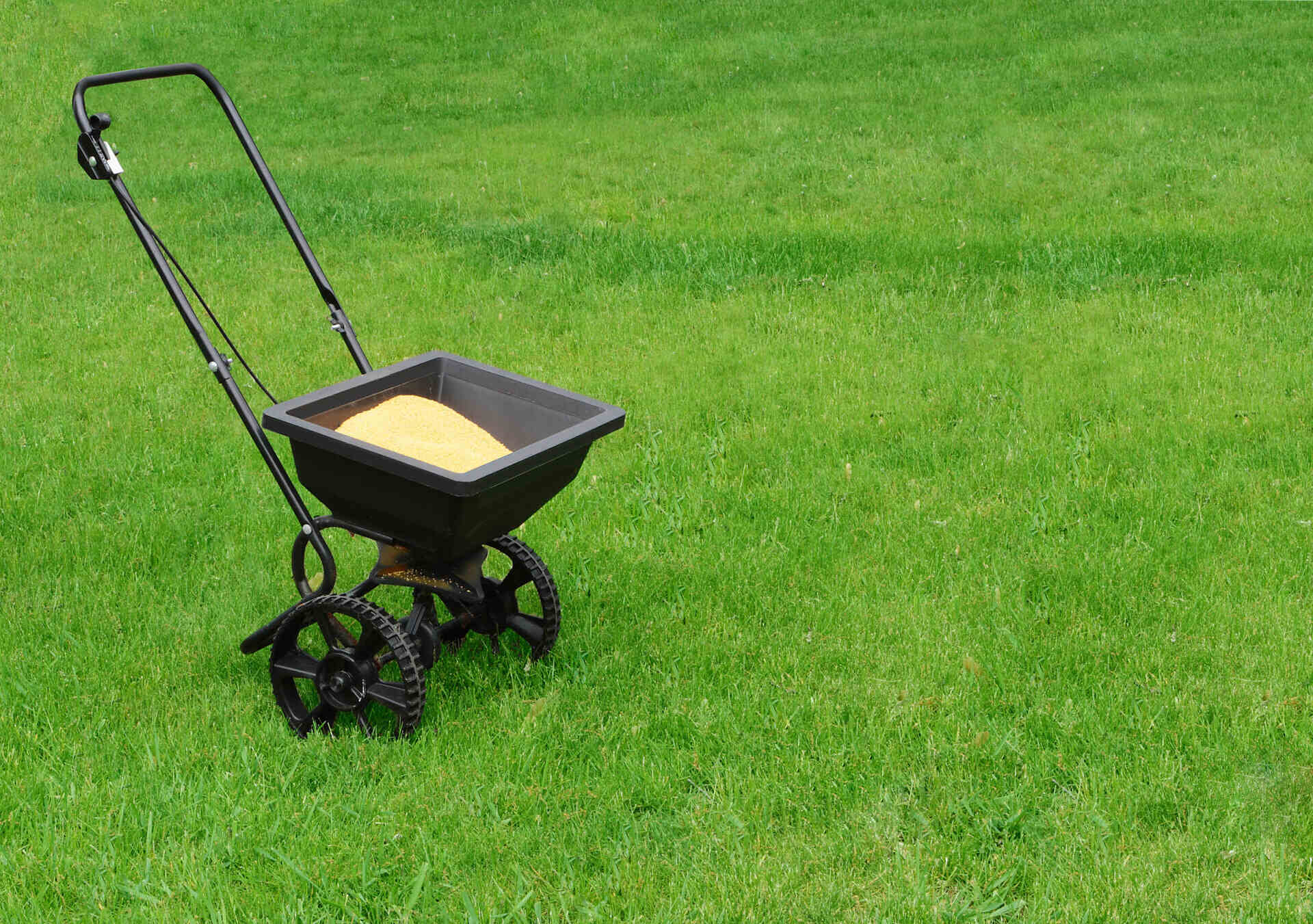

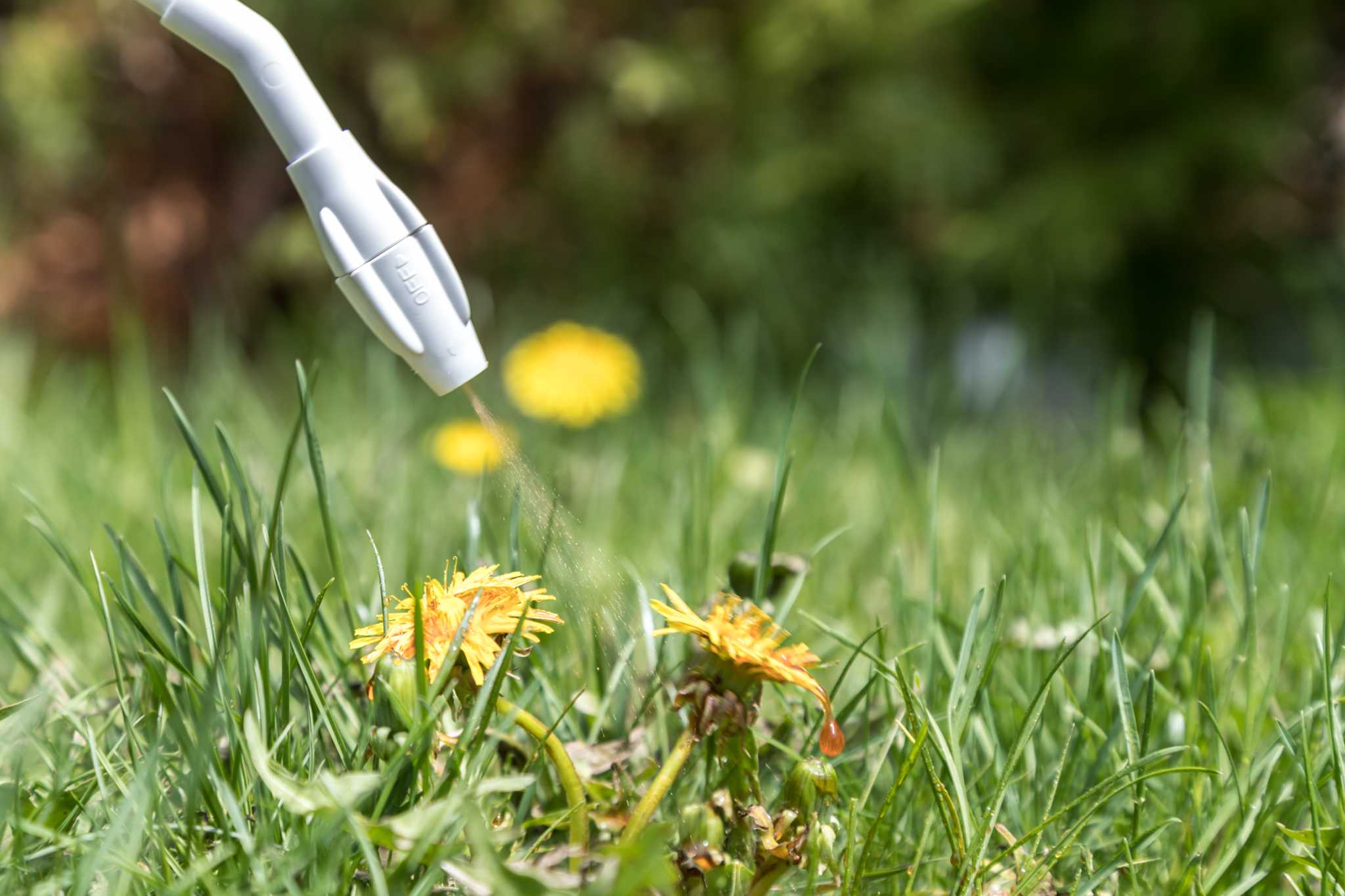
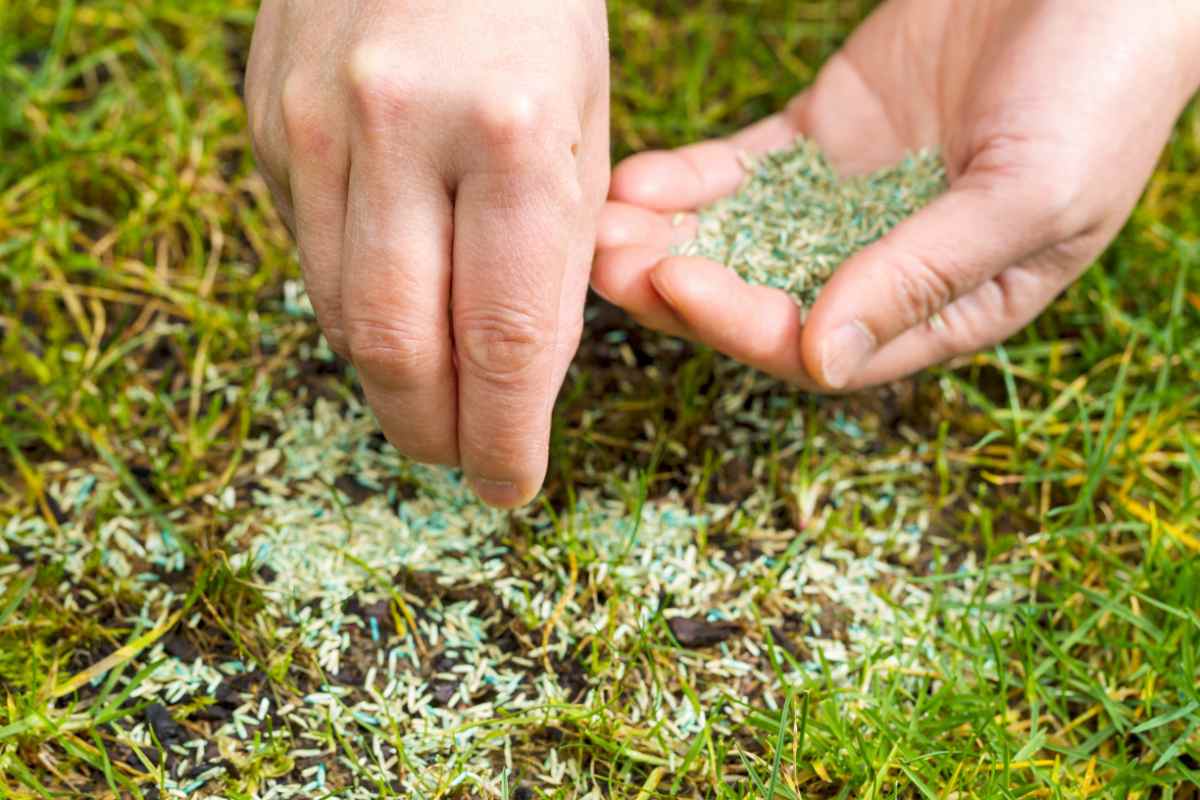
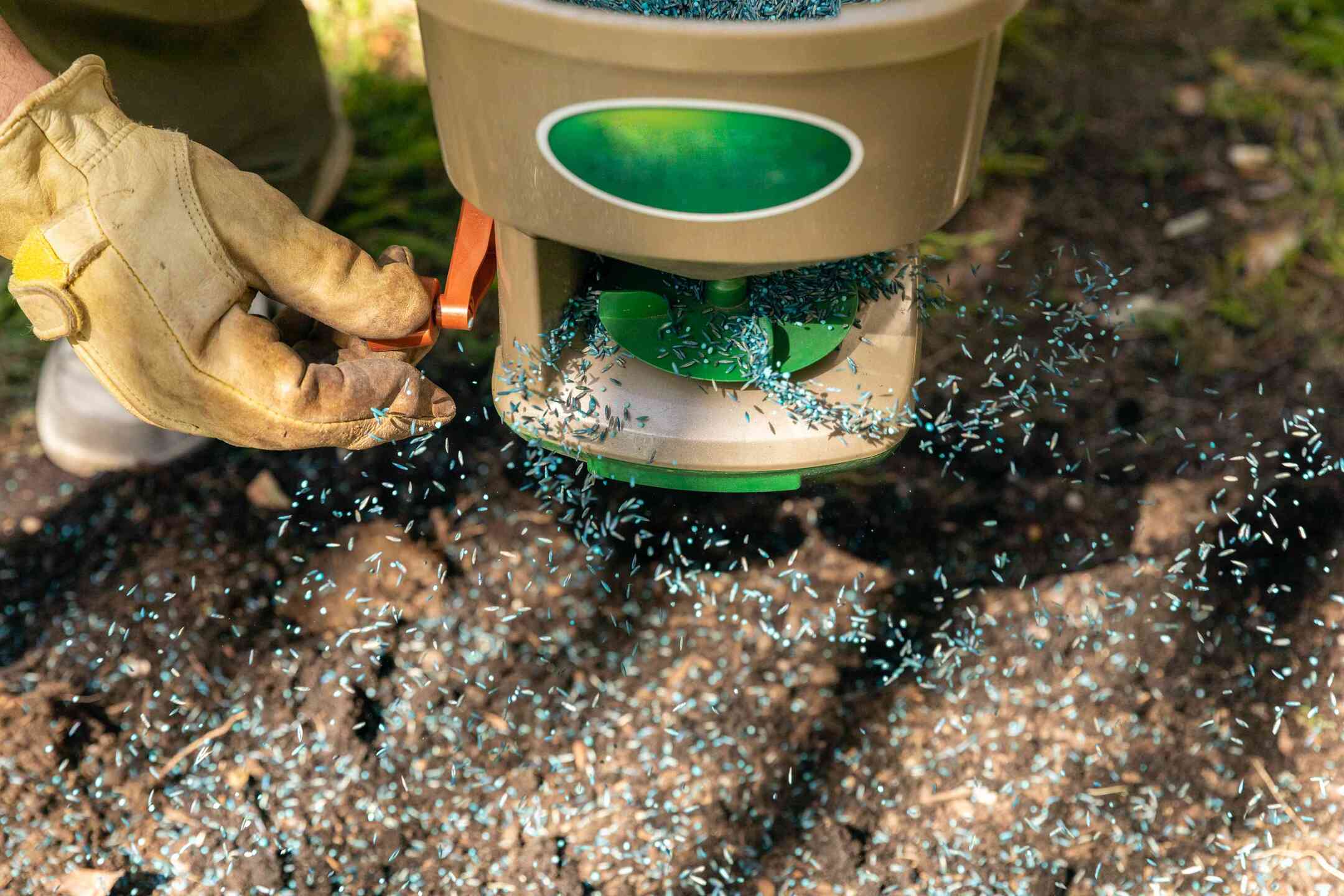
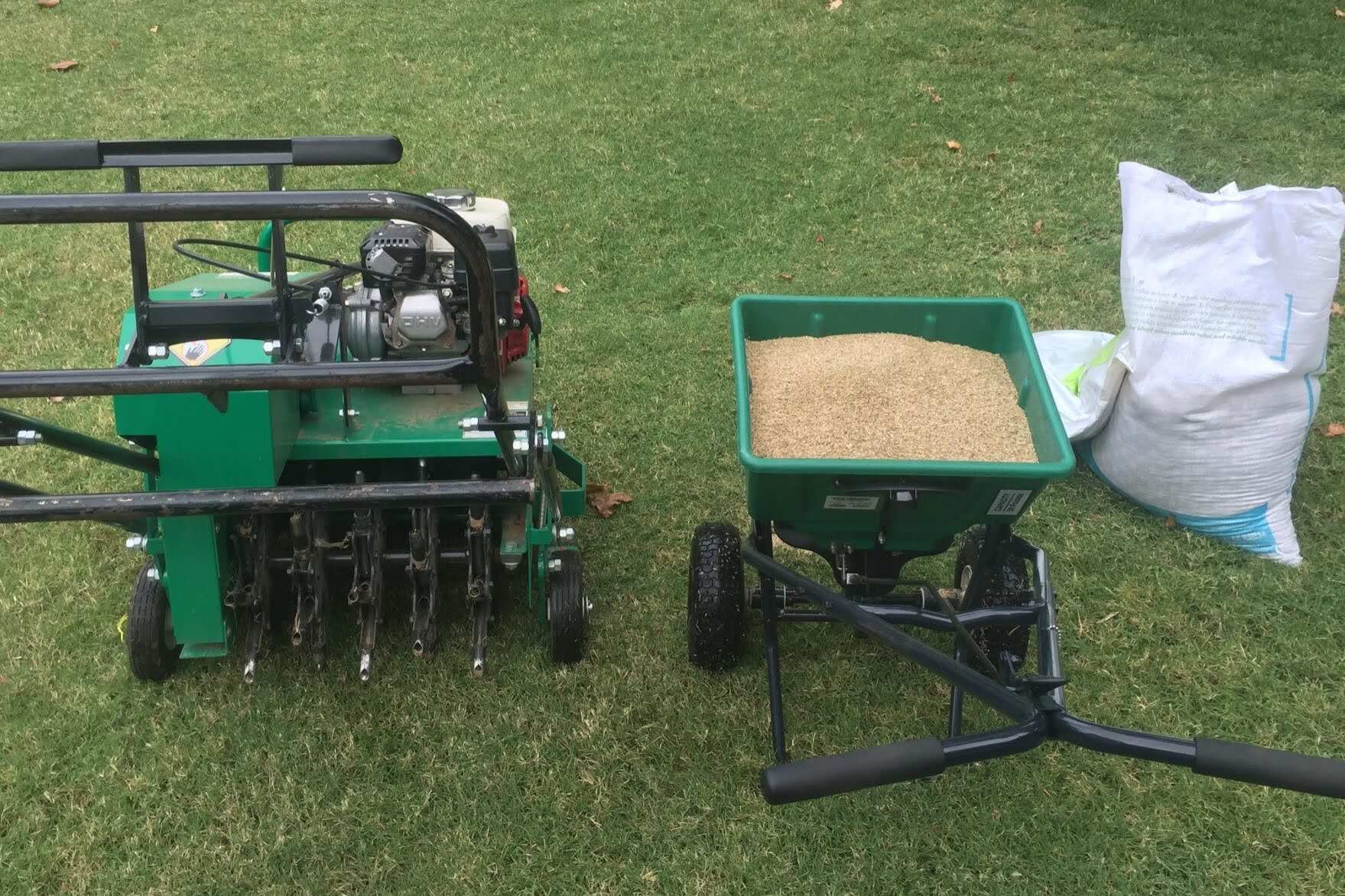

0 thoughts on “How Long To Seed After Pre-Emergent”